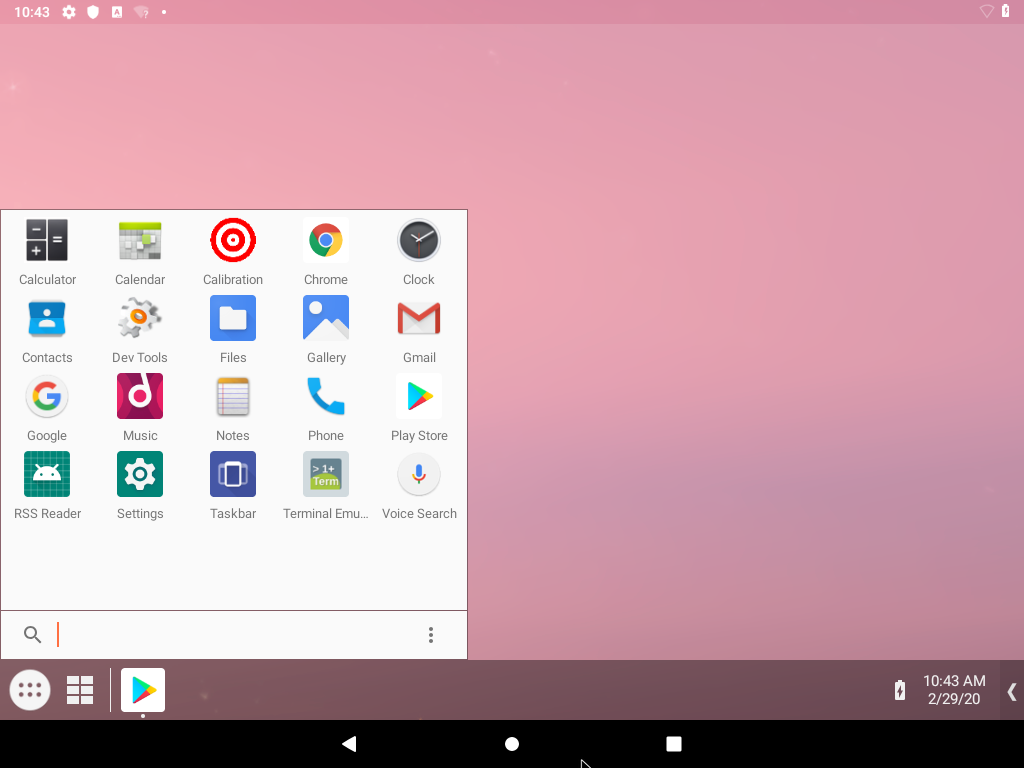
- Mac emulator for linuxx how to#
- Mac emulator for linuxx install#
- Mac emulator for linuxx software#
- Mac emulator for linuxx password#
- Mac emulator for linuxx download#
Step 5: Once the installation is complete, you can now start the emulator with the following command:
Mac emulator for linuxx install#
Step 4: Then install darling using the following command: Step 3: cd to your downloads directory and enter the following command to install the kernel module.
Mac emulator for linuxx download#
Step 1: Download both the darling and darling-dkms files from It uses the gdebi command, which automatically satisfies and installs all the package dependencies for you. One is the emulator itself, while the other is the kernel module.įollowing is a step by step guide for installing Darling on Ubuntu 18.04. There are two parts of the Darling package and you need to download and install both to make it work. So, if you are planning on running a GUI (Graphic User Interface) app, then you must either wait for when and if, Darling supports GUI apps or use option 2 of this guide, which is guaranteed to work.

Its major limitation is that you can only use it to run command-line programs at the moment. Darling is currently in the early stages of development though, so there is still a long way to go. The Darling emulator aims to make using Mac apps on Linux as easy as Wine made using Windows apps.
Mac emulator for linuxx how to#
Mac emulator for linuxx password#
Type in your newly created password in the Parallels Tools box.You can also choose "Not Listed?" to add a new UNIX user. Once installed, Linux want you to add a new password for the "Parallels" user. Highlight Download Ubuntu Linux under Free Systems.Ĭhoose Download to download a copy of Linux onto your computer. These steps assume Parallels has already been installed on your machine. Using Parallels 15 for Mac, you can install a copy of Linux on your computer following the directions below. Regardless, each solution will get the job done. The latter is open-source and free, but more difficult to install. The former offers an easier-to-install solution, but you must pay for it after a 14-day free trial. In doing so, these virtual machines can take advantage of the hardware components on a computer such as RAM and storage in complete isolation to the primary operating system.įor those wanting to install Linux on their Mac through virtualization, we recommend using the latest version of Parallels or open-source VirtualBox.

Mac emulator for linuxx software#
What is virtualization?Īs I noted in a previous post, software virtualization allows you to simulate a hardware environment and run multiple operating systems on one computer. Here's a look at how to install and use Linux using each option. For the latter, we recommend using the latest version of Parallels or open-source VirtualBox. With virtualization, you can install and use various operating systems on your Mac, including Windows and Linux.


 0 kommentar(er)
0 kommentar(er)
